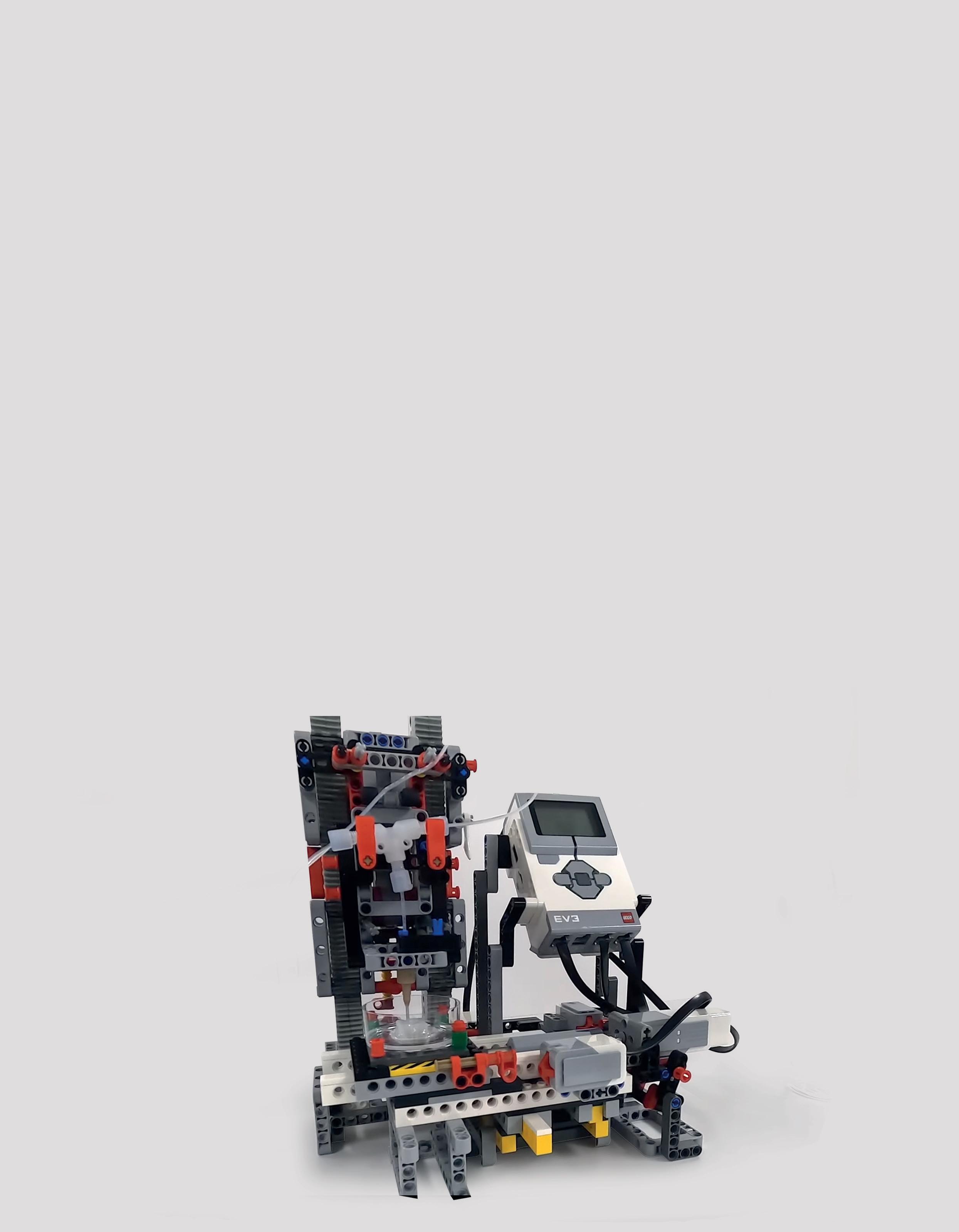
2 minute read
NEO-GEEK
First 3D Bioprinter made from LEGO pieces capable of printing human skin created
Scientists at Cardiff University in the United Kingdom have created the first 3D bioprinter built from LEGO pieces capable of printing human tissue.
Advertisement
Although the printing of biological material is an established achievement in the world of clinical research, this is the first time that biological printing has been combined with a high degree of engineering and the use of materials as rudimentary as LEGO pieces. According to the scientists in charge of the research, the 3D bioprinter was designed to serve as a machine scientifically capable of producing delicate biological material from robust, simply constructed, and, above all, inexpensive components, all without compromising performance.
The most altruistic part of the project is that the scientists shared their research with open source, that is to say, they intentionally published every element of the construction, including the specific LEGO parts used, as well as their capabilities, with the ultimate goal that “it can be easily replicated in any lab, anywhere in the world,” Dr. Coulman mentions.
The Bioprinter was conceived to recreate the threedimensional architecture of the skin. So far the model has successfully printed hydrogel droplets containing cells. Future research is expected to aid in the creation of viable skin models to test treatments for skin diseases including cancer, or to create grafts to replace this damaged organ.

Courtesy of the researchers: Dr. Christopher Thomas, Dr. Oliver Castell and Dr. Sion Coulman.
Reference
Moukachar, A., Harvey, K., Roke, E., Sloan, K., Pool, C., Moola, S., Alshukri, A., Jarvis, D., Crews-Rees, P., McDermott, G., Evans, L., Li, J., Thomas, C., Coulman & S., Castell, O., (2023) Development and Evaluation of a Low-Cost LEGO 3D Bioprinter: From BuildingBlocks to Building Blocks of Life. Adv. Mater. Technol. 8, 2100868. Retrieved from: https://doi.org/10.1002/admt.202100868
Clinical Research Insider Editorial










